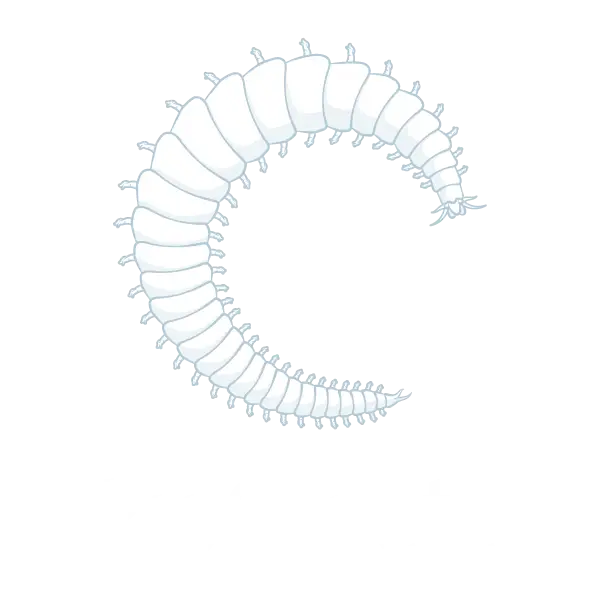Aquaculture By-Products
Aquaculture waste is a wasted business opportunity
When 35 percent of the biomass in a shrimp farm gets thrown out, it’s simply bad for business. By finding a use for aquaculture by-products, we are not only helping the environment, we are also making businesses grow. OddGeir Oddsen, CEO of feed manufacturer ProChaete, makes a case for sustainability.
The protein cycle
As the global population grows, so does the global amount of food waste. And not just waste in the most obvious sense – unconsumed, discarded food – but edible biomass discarded before it ever reaches a potential consumer. Specifically discarded potential feed.
Here is an example of an aquaculture protein cycle: Fish harvested in the wild is processed into fishmeal. The fishmeal is used as the main protein source in shrimp feed. When the shrimp are harvested, their heads are removed and discarded while the rest of the shrimp are sold for human consumption. A shrimp’s head constitutes a full 35 percent of the animal’s total body mass. When this biomass is discarded, buried or otherwise removed from the natural cycle of proteins, we are in effect discarding fishmeal. Why is that a problem?
The maximum global amount of fishmeal produced annually without depleting the ocean of resources is 5 million tonnes. In itself, that will not be enough to feed the world population in the near future, and it is certainly not enough if we discard 35 percent of perfectly good proteins every time we harvest shrimps. The solution, of course, is to keep the biomass that some people consider waste, in the protein cycle.
There are alternatives to fishmeal, but almost every solution comes with a consequence. Vegetable proteins contain many of the right nutrients, but not all, needed in aquaculture feed, and cultivation of soybeans leads to deforestation in Brazil, while cultivation of palm oil deprives the orang-utans of Borneo of their natural habitat. And although we believe that harvested polychaetes can and will serve as an excellent marine protein source for aquaculture feed (and thus a good replacement for fishmeal), there is no reason to let shrimp heads or other by-products of aquaculture go to waste.
Re-use
How do we utilise shrimp heads optimally? That depends on who you ask, but as the saying goes: To a boy wielding a hammer, everything looks like a nail. In other words, a feed manufacturer, when presented with shrimp heads, would use them to manufacture feed. And we have. The new feed ingredient is based on shrimp heads, and we are currently testing it on tilapia. In addition to being a good protein source, shrimp heads contain pigments that can be beneficial in many arenas, including salmon feed and even chicken feed.
And there are many reasons to manufacture feed from would-be discarded bio mass. The main reason is, and has to be, financial. Without a monetary incentive, there is never going to be a sustained effort to keep aquaculture by-products in the cycle. As the current situation is, by-products like shrimp heads do not hold much value, and can even represent a financial burden for operators having to pay for transportation or removal. Which in turn means that from a feed production perspective, shrimp heads are a cost effective, high quality raw material. But the benefits of re-cycling aquaculture biomass are, of course, not only financial.
Biodiversity and the future of seafood
By 2055, the global human population will have risen to ten billion. Ten billion people who need to eat sustainably. That means that our food will have to come from a steady supply, a supply that does not run out. And we are already seeing species fished to extinction, so the very nature of aquaculture should be one of respect for and attention to the protein cycle. Yes, discarding shrimp heads in the middle of the cycle indirectly means discarding fishmeal of which we have precious little. But the biomass we are discarding can become an egg, or a salmon, or a sea bass, and we get to produce more food without damaging the planet more than necessary. Using shrimp heads as a protein resource is in itself not enough to save the planet, or even to make the aquaculture sustainable. But we believe it is a step in the right direction, and that operators in our industry could do well to regard more biomass as potential sources of income.
If you’re interested in testing our innovative protein in your feed, please don’t hesitate to get in touch. We look forward to assisting you in improving your feed.

